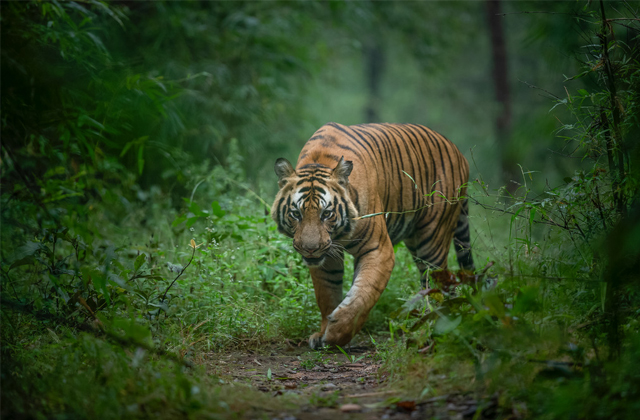Nothing compares to the thrilling sensation of spotting an animal outdoors, especially when you weren’t expecting it. It might be a life-altering, breathtaking, and uplifting experience. Vacations focused on wildlife are growing in popularity. Since the pandemic, individuals have come to appreciate connecting with nature, maintaining clean settings, and engaging in positive activities. With so many animal vacation spots available worldwide, it might take time to pick just one. Therefore, we are here to help you make the best decision for your ideal wildlife holiday in 2023!
Top 5 Best Wildlife-Spotting Destinations for 2023
We present to you the top 3 wildlife vacation destinations worldwide. You can choose one based on your needs as they cover many species and hobbies.
- Bandhavgarh National Park, India
Kailash Sankhala, a renowned environmentalist who changed the fortunes of India’s tigers by outlawing hunting and establishing ‘green corridors’ connecting wildlife reserves, is mainly responsible for this park’s big cat success.
Unlike in other parks, the tigers in this one flourish and have lots of space to roam. Only 20% of the park is accessible to the general people, and guides follow the big cats without the aid of radios, so there are no ensuing stampedes when they are discovered.
Wild dogs, sloth bears, and barking deer are more animals to look for.
- Isle of Wight, UK
The most stunning animals on the planet are much closer than you might think. Numerous wildlife-related accomplishments, such as the recent reintroduction of white-tailed sea eagles, can be attributed to the Isle of Wight.
The Glanville Fritillary butterfly and water voles, previously widespread on the UK mainland but extinct after American mink were released from fur farms, are two more unusual species frequently sighted here. Fortunately, they thrived on the Isle of Wight.
There are 3,500 red squirrels on the island, many of which may be seen in Fort Victoria Country Park, so keep looking for them.
- Tambopata National Reserve, Peru
One of South America’s most significant wildlife habitats is this secluded reserve in southeast Peru. In addition to several species of monkeys, birds, and insects, it is home to some of the rarest large cats worldwide, such as pumas and jaguars.
However, twitchers are particularly fond of it because they come here to check out one of the largest clay licks in the Amazon region. In addition, macaws and other parrots congregate along these mud and clay walls to eat the salt deposits because the sodium counteracts the toxicity of the unripe fruit that makes up most of the birds’ diet.
- Raa Atoll, Maldives
The Maldives is one of the best sites in the world to watch manta rays and various other animals. Head below the waves to witness anything from colorful sea sponges and nudibranchs to parrot fish and day-glow corals.
Dolphins and whale sharks are larger animals to keep an eye out for, but most snorkelers and divers travel to view manta rays. Travel between October and May and stay at the InterContinental Maldives Maamunagau Resort to improve your chances of seeing one. There is a facility for the UK charity Manta Trust, where visitors can enroll for escorted snorkeling and diving expeditions.
- Dunedin, New Zealand
The wildlife capital of New Zealand is a coastal city that you should get to know. The lovely, wild Otago Peninsula, home to unique animals like the korora (the smallest penguin in the world), critically endangered New Zealand sea lions, northern royal albatrosses, and the South Island k’k’s, a colorful species of parrot, is best explored from Dunedin.
The bells of Dunedin’s St. Paul’s Cathedral are rung each year when albatrosses make their way back to the city’s shores after circumnavigating the southern oceans, serving as a lovely reminder of the presence of this endangered species.










